Analysing trio of Eastern Cape ports role, value to region
29 May 2013
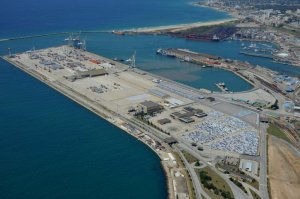
This is the overall sentiment of maritime industry experts ahead of this week’s inaugural Eastern Cape Ports and Maritime Conference in Nelson Mandela Bay where opportunities within the region’s ports will be thrashed out by leading experts in the maritime industry.
“Ahead of the conference, key role-players in the local ports environment are crystallising their insights on the growing role of ports in the province,” says Ayanda Vilakazi, the Coega Development Corporation (CDC) head of marketing and communications.
With three active ports in the province, the Eastern Cape is sitting on a goldmine of maritime resources and potential.
“The three ports – two in Nelson Mandela Bay and one in East London – play a complementary role and generally serve the hinterland.
“Ports play a central role in the economic development of the province and provide a unique platform to sell the Eastern Cape to foreign investors. Coupled with direct linkages with the Coega and East London Industrial Development Zones, the offering is even more attractive and the Eastern Cape certainly has the ports and growing industrial prowess to fast-track development,” said Vilakazi.
Nationally there is a tension between being competitive and complementary and ports often assume specific roles based on locational advantages. The likes of Richards Bay serve coal exports and Saldanha’s focus is iron ore exports. Durban functions as an entrepôt for Gauteng with containers, car exports and imports, and general cargo moving through its port. It also doubles as a sustainable cruise liner terminal. Cape Town acts as a general port and cruise liner terminal and Mossel Bay serves Mossgas.
With such a diverse South African offering, the Eastern Cape ports have both an expanded and niche role to play. The CDC, which manages the Coega Industrial Development Zone (IDZ), notes that each of the provincial ports has a predefined role with the responsibility of serving hinterlands and connecting South Africa regionally to the global economy.
“Currently Port Elizabeth centres on manganese ore exports as well as car exports and imports, containers and general cargo and East London functions as a general port,” said Vilakazi, adding that ninety per cent of manganese from South African mines is exported through the Port of Port Elizabeth, which also serves as the import and export destination for original equipment manufacturers based in the city.
The Port Elizabeth and East London ports are also positioned as automotive hubs as they service General Motors South Africa (SA), Volkswagen (SA) and Mercedes Benz (SA).
The Port of Ngqura is a strategic transhipment hub for containers, but is now gearing up to export an initial amount of 16 million tons of manganese per annum in 2017 and will later ramp this figure up based on demand.
“The integration of the three ports is work in progress, although informed by specific roles for each of the three ports, with some common areas of functionality,” added Vilakazi. “Since they serve different purposes generally, all three ports are essential, particularly when it comes to attracting and retaining investment. Mercedes Benz and VWSA would pull out of the cities they are based in if the ports were downgraded or closed, showing the strong linkages between economic development and access to ports.”
“The whole concept of IDZ’s – and the emerging landscape of SEZ’s – requires a fully integrated landside-seaside development and hence the Coega IDZ needs the Port Ngqura and vice versa; similarly the East London IDZ needs its port. This is what is meant by the ‘full integration and co-dependence’ we are working towards in the province and at the conference later this week as an initial start point for greater collaboration within the maritime industry.”
Ports are under pressure to keep up with the growing size of vessels – and the development of the deep-water Port of Ngqura was specifically geared to accommodate new generation container ships and large bulk carriers.
Nelson Mandela Bay uniquely has two ports. The Port of Ngqura is complemented by the Port of Port Elizabeth. “Major economic growth is derived from increased employment for the region –and the fact that local manufacturers are able to export their goods through the ports.”
As containerisation continues so does the drive for greater efficiency: “Ports will remain key nodes in global logistics chains for the foreseeable future but seamless integration with landside operations – rail for long haul and road for short haul – is also critical,” said Vilakazi, adding that the Coega is working with provincial government on roads and other infrastructure projects as an enabler for the economic development of the Eastern Cape.
Moves towards greater integration by sea – a possible item of discussion this week – will mean alleviation of heavy duty trucks on our roads and greater free movement of traffic, Vilakazi added.
“There are some major projects on the horizon and ports are key enablers in logistics chains with an increasingly global reach. Most investors interested in the IDZ are interested because of the close proximity of the new deep water port.
“Without such linkages, key investments such as General Motors’ pan-African distribution centre, all the wind projects, FAW and Phyto Energy, would never have taken place. Likewise, all the coming investments, Project Mthombo, the Ferro-manganese smelter and others, would not have been a reality had there not been the vision and will to build another provincial port which has the capacity to handle big projects.
“Without this push for the new Port of Ngqura, we would not have increased trade in the province –trade that generates jobs.”
The Department of Energy also recently alluded to the possibility of a nuclear energy generation plant, saying it was a question of “when, not if” South Africa’s nuclear energy programme would get underway. Energy Minister Dipuo Peters said the Eastern Cape should “not take the foot off the pedal,” and should equip people with skills “so that when the nuclear project is announced the skills will be available”. Thyspunt, near Oyster Bay, is the preferred site for Nuclear 1.
There are also indications pointing to a ship repair yard, and even a ship building facility with other support services available. Other growth areas include a home-grown merchant marine, say local industry experts.
“The conference gives all regional maritime industry players the opportunity to present a united front. We are going for what we want, and it is hoped that the conference will provide firm ground for us to turn intentions into actions,” Vilakazi added.
The inaugural Eastern Cape Ports and Maritime Conference will be held in Port Elizabeth from May 29 to 31. Day one and two will focus on in-depth analysis and discussions around specific topics, case studies, papers and thought leadership panels, said Mfundo Piti, CDC Project Manager and the Eastern Cape Ports and Maritime Conference Co-ordinator.
For more information visit: http://www.ecportsmaritimeconference.co.za




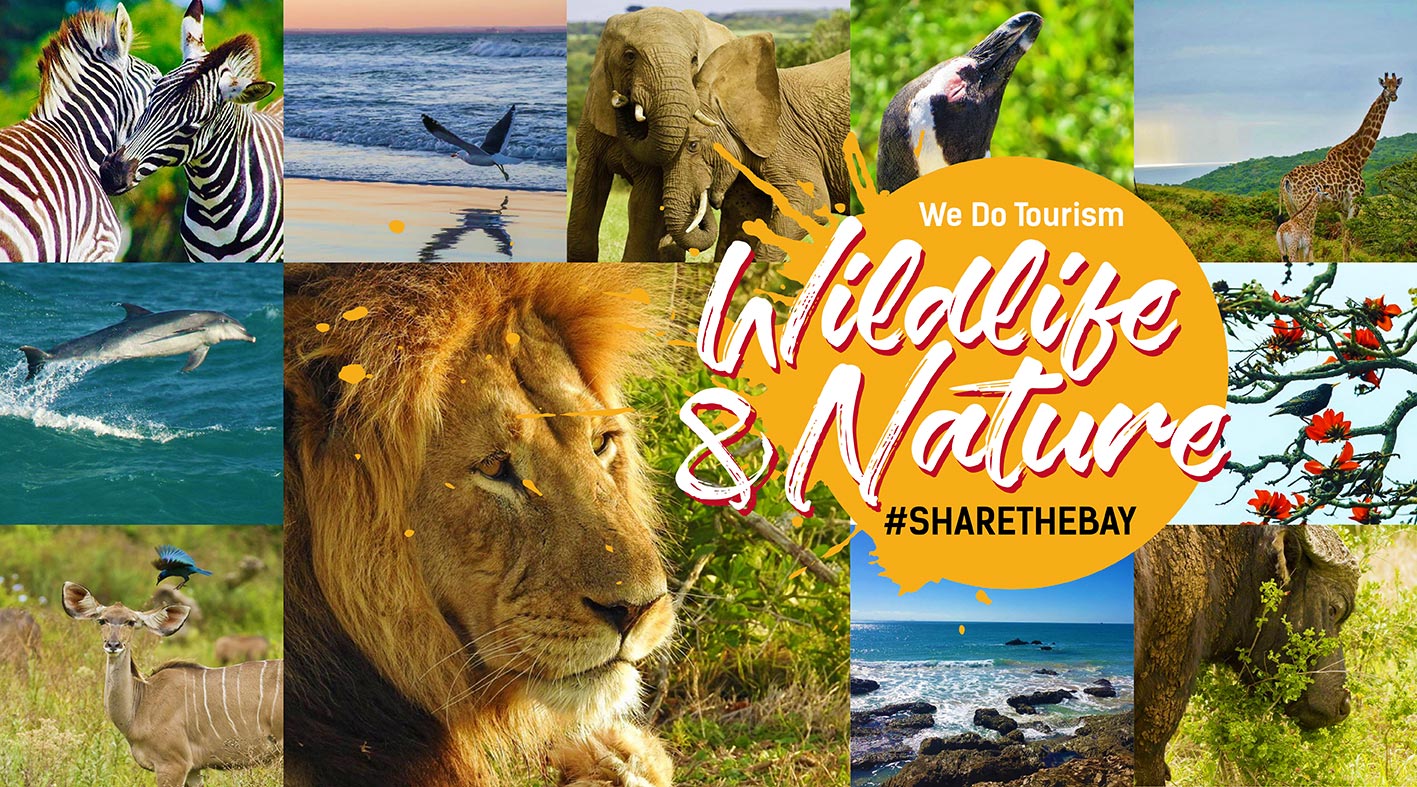

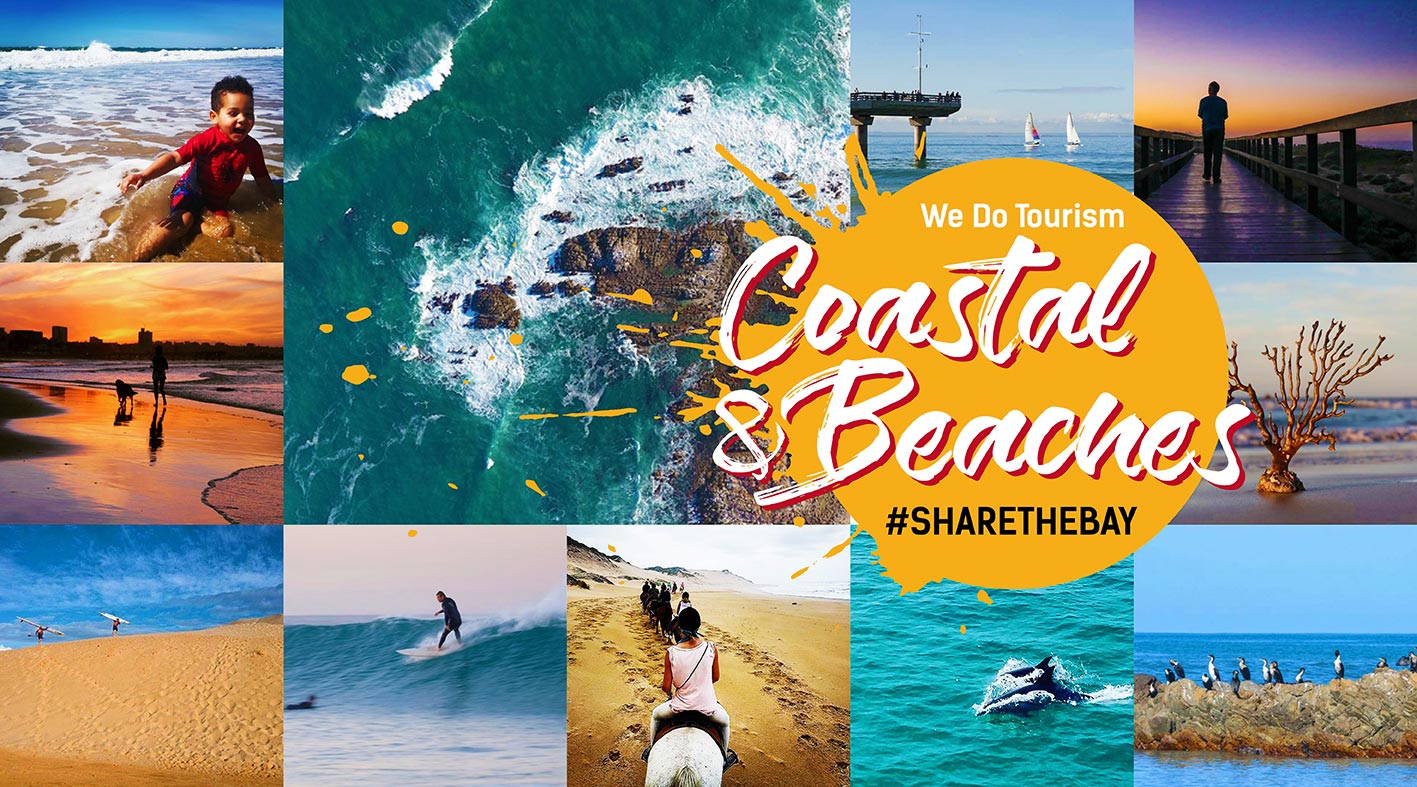


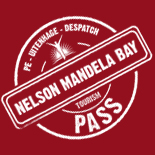
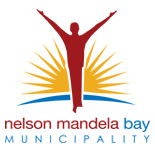
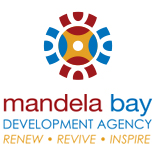









 Please wait!
Please wait!